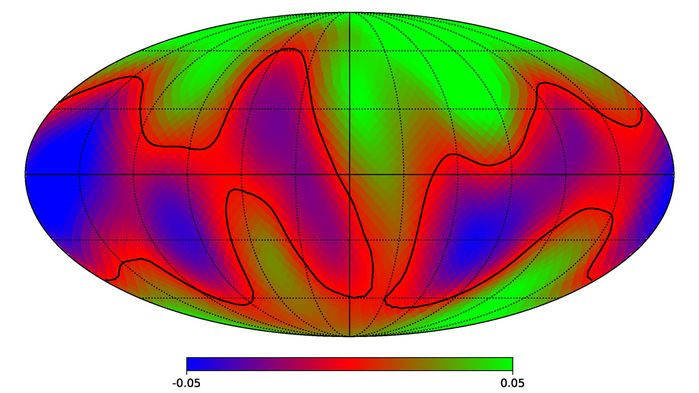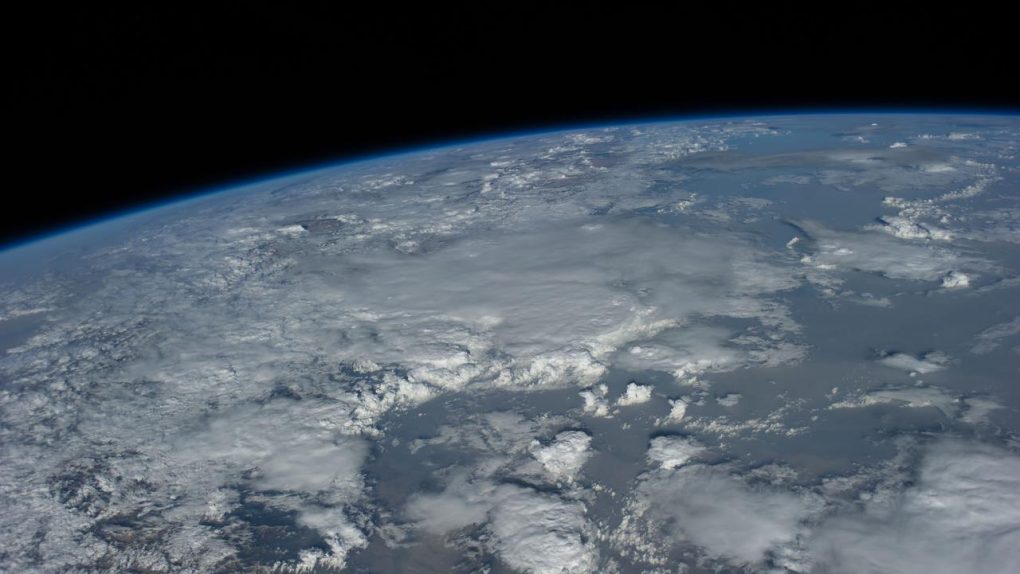Researchers have made incredible advancements in the detection and study of exoplanets in recent years, spotting literally thousands of new planets and learning tantalizing details about them. Scientists can often tell how warm a planet’s surface is, what its atmosphere is made of, and whether or not it could hold liquid water on its surface.
All of this information helps in the never-ending search for extraterrestrial life, but what if an intelligent race of aliens were looking at us? Would they be able to see that Earth is habitable, or perhaps even detect the presence of life here from a distance? A new study published in Science attempts to answer that question, and the answer is just as complicated as you’d expect.
The idea here is that by modeling what a distant civilization would see when looking at Earth, we might get a better idea of what traits to seek out when searching for life-supporting exoplanets of our own. To build this model of a “distant Earth,” the research team collected nearly 10,000 images of Earth snapped from NASA’s Deep Space Climate Observatory satellite and used them to build a two-dimensional picture of the light reflecting off of Earth across multiple wavelengths.

This, the researchers say, offers a reasonable estimate of what an intelligent civilization might see when observing our planet at a distance of many light-years. The image might look like little more than a colorful blob, but it’s actually a rough outline of Earth’s continents and oceans.
The scientists suggest that, if we could interpret the light curves of exoplanets in the same way, we may be able to estimate an Earth-like planet’s potential to support life.
“The analysis of light curves in this work have implications for determining geological features and climate systems on exoplanet,” Siteng Fan, lead author of the work, told Universe Today. “We found that the variation of light curve of Earth is dominated by clouds and land/ocean, which are both crucial to the life on Earth. Therefore, Earth-like exoplanets which harbor this kind of features would be more likely to host life.”








